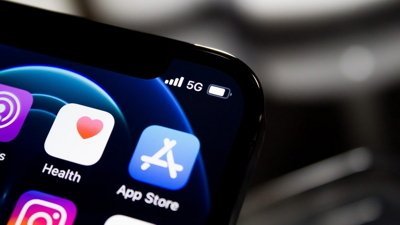Steve Jobs unveiled the first iPhone 17 years ago today
On January 9, 2007, in the shadow of the CES, Steve Jobs unveiled the iPhone. You know that it was an extraordinary and flawless demo from the outside, but what you don't remember is everything else that was launched — nor how part of the keynote went wrong.
Steve Jobs with the original iPhone
Context is everything. On Sunday, January 7, 2007, Bill Gates gave the keynote address at the Consumer Electronics Show in Las Vegas. Hammering home Microsoft's then buzz phrase 'Digital Decade,' he talked about how great hardware wasn't enough, that we needed connected experiences. "Where people are being productive, doing new creative things, where they're mobile... that is the key element that is missing."
He said that, "Vista and the PC continue to have the central role," though he also claimed that Windows Vista was "the highest quality release that we've ever done."
Two days later and around 400 miles away, Steve Jobs introduced the very device, the very experience that Gates said was missing. He introduced the iPhone at Macworld San Francisco. While Jobs didn't use the term 'post-PC era' then, that's what the iPhone created. This was truly the device for productive, creative people on the move, and as an extra bonus, it ran OS X — now called macOS — rather than Windows Vista.
Many more things
That 2007 keynote is justifiably famous for how well it introduced the iPhone. Jobs opened it by saying that, "We're going to make some history together today" and it is the phone he meant.
His presentation is an example of a really finely produced keynote, and it takes you through the world of cell phones as they were before showing you exactly where they were all going wrong. And then how the iPhone would of course fix all that.
Today the segment showing what phones used to look like is a historical curiosity. But at the time, that wasn't the past, it was the present and these archaic-seeming phones were the best available.
If you dislike Apple, if your personal preference means you buy Androids instead of iPhones, you're still benefiting from that keynote today. During the many times Apple would later go to court over the similarities between iPhone and Android, it would present a graphic demonstrating its position. This is the one it showed when up against Samsung.
Many more things
Yet the presentation did feature other things, some of which were roundly applauded at the time and one other that we've only truly learned to appreciate in the years since.
Jobs opened the presentation by referring back to what he'd announced the previous year. That 2006 keynote had been when Apple not only announced it was moving from PowerPC to Intel processors, it vowed to complete the transition for all Mac models within 12 months. In 2007, he referred to this as being a "huge heart transplant" and that, "we did it in seven months."
He said that Apple's previous year had been remarkably successful and he also specified that over half of all new Mac buyers were now switching from Windows. It had recently been half of all buyers in Apple Stores, but now it was 50 percent wherever you could buy a Mac.
Next, he showed a quote from a 2004 internal memo at Microsoft where Jim Allchin of the company's Senior Leadership team said, "I would buy a Mac today if I was not working at Microsoft."
Jobs revealed that Allchin was shortly to retire, so he's "alerted our Seattle stores to keep an eye out for him and give him really good service."
The rest of that Allchin memo, incidentally, included the statement that "Longhorn [codename for Vista] is a pig and I don't see any solution to this problem." Jobs didn't quote that, but he did run a new ad from the Get a Mac campaign specifically aimed at Vista.
"So 2007 is going to be a great year for the Mac," said Steve Jobs, "but this is all we're going to talk about the Mac today. We're going to move on to some other things."
Remember that back in the mid-2000s, there were more rumors about Apple introducing a phone than there are today about it making a car. Vastly more. So with these words, he was surely going to make the big announcement next.
Except he didn't. Instead, Jobs seemed to tease us by talking about Apple's music business. What appeared to be a diversion was just the first part of setting the stage for the day's real purpose.
But for now, Jobs revealed that they had just passed 2 billion song sales and that the iPod had become the world's most popular video player "by a large margin." He revealed that in the then first four months that movies had been available on iTunes, people had bought 1.3 million of them.
At the time, there were only 100 films on the service, but Jobs announced this would increase to 250 because Paramount was coming to iTunes.
Jobs managed to make 250 movies sound good — but there was one figure he didn't even try to put a gloss on. And that was sales of the Zune, Microsoft's iPod killer which had been released the previous November. Only figures for that launch month were available, but they showed that after a big launch, the Zune had managed only 2 percent market share.
"No matter how you try to spin this, ah, what can you say?" said Jobs.
At last the iPhone
Finally, at 24 minutes into the presentation, Jobs paused. "This is a day I've been looking forward to for two-and-a-half years," he said. Later, at the end of the keynote and when it had gone so well, he also confessed on stage: "You know, I didn't sleep a wink last night, I was so excited about today."
It turned out that there were other reasons to not sleep a wink and Apple engineers knew them all. While it was only revealed very much later, Jobs's presentation was attended by iPhone engineers who knew how easily it could all have gone wrong. The software wasn't finished, the whole phone was still being worked on, and if Jobs deviated from the planned demo, it was likely that the phone would crash.
Instead, as you know, the whole presentation went flawlessly. Or rather, most of it did.
My clicker isn't working
Having successfully concluded the demo of the new iPhone, Jobs went on to talk about market share and clicked to move on to his next slide. And clicked. And clicked.
He explained that the clicker wasn't working and picked up a spare — which appeared to also not work. "They're scrambling backstage right now," he told the audience.
This segment is completely forgotten now, yet at a key moment on this most crucial presentation of his Apple career, it went wrong. You can only imagine how nervous it must've made Jobs.
But then you can also admire how he managed to fill for 55 seconds with a story about how Steve Wozniak had built a clicker-like device at college to mess with people's TV reception.
Aiming for 1 percent
Earlier, Jobs had made you think that the Zune's 2 percent market share was disastrous. When he got the slides working, he built up to saying that Apple was aiming for a 1 percent share of the cellphone market — and that this was great.
There was a bit of a difference though. Using the latest 2006 figures available, Jobs said that the cell market had been around one billion phones. Apple was aiming for 10 million iPhones in the first year.
The iPhone didn't actually launch until June, but it then took only 74 days for the company to sell its first million of them.
Different company
It's just that the company was no longer Apple Computer, Inc. The very last thing Steve Jobs announced at this presentation 15 years ago was that the company was changing its name.
Standing in front of a side that showed the Mac, iPod, Apple TV, and iPhone, he pointed out that only the first of those is truly what you'd call a computer. "We've thought about this," he said, talking about how Apple was doing more than just computers, "and we thought maybe our name should reflect this a little bit more than it does."
From this day on, the company would now be known as just Apple, Inc — and it would truly never be the same again.
Many more things
The iPhone was the first iOS device, a category that now includes the iPod touch, plus all the variations of the iPad.
In September 2018, Tim Cook announced that Apple was close to shipping its 2 billionth iOS device.
At the time, AppleInsider worked the numbers and calculated that the 2 billionth iPhone — specifically iPhone — would be sold in the middle of 2021. No one knew then about the impact of the coronavirus on all phone sales — but it was already true that sales had been declining worldwide.
Apple now doesn't report iPhone sales, and it has not announced crossing the 2 billion figure. However, in January 2021, Apple announced that there were then over 1 billion iPhones in current, active use.
That's not sold, not pre-ordered, but over 1 billion iPhones being used every day. And at the same time, Cook said there were 1.65 billion Apple devices in use worldwide.
The iPhone was an enormous gamble, and it has surely paid off enormously.
Keep up with AppleInsider by downloading the AppleInsider app for iOS, and follow us on YouTube, Twitter @appleinsider and Facebook for live, late-breaking coverage. You can also check out our official Instagram account for exclusive photos.
 William Gallagher
William Gallagher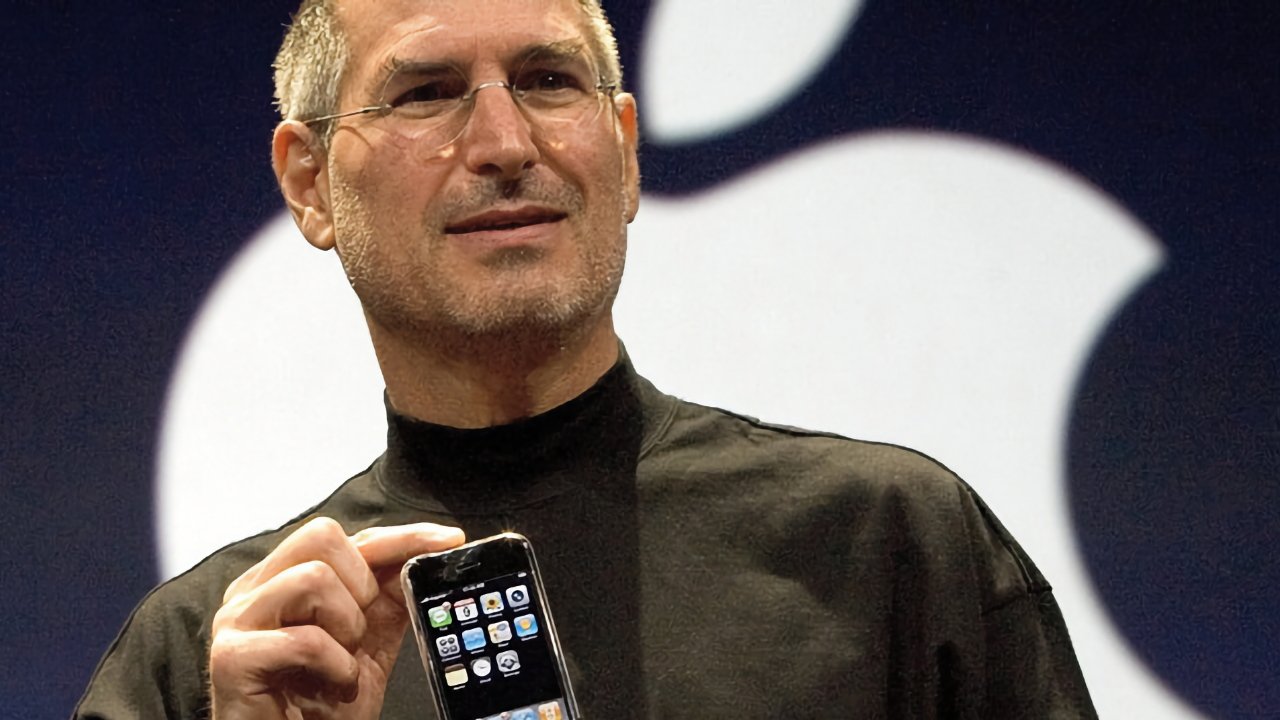
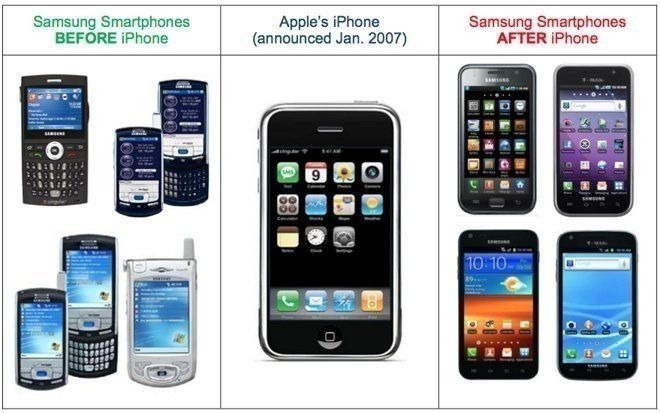

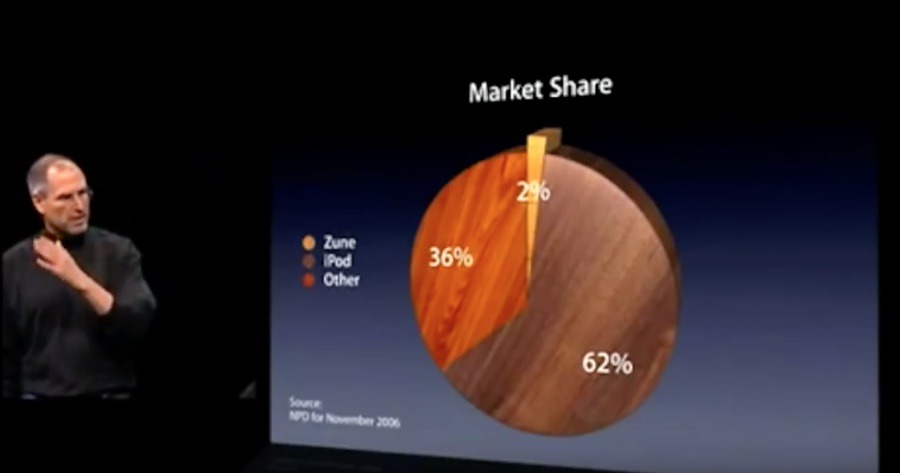
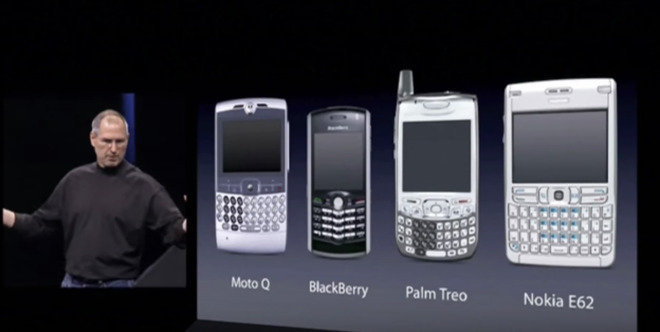
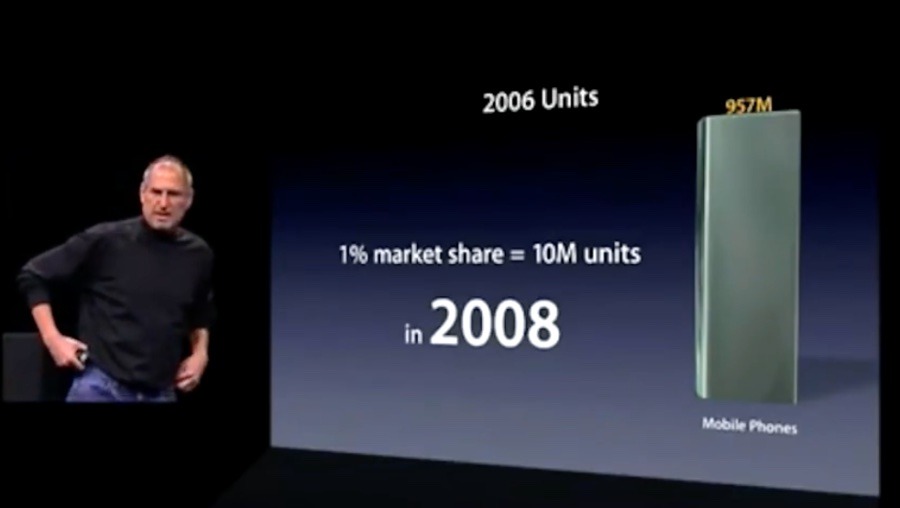




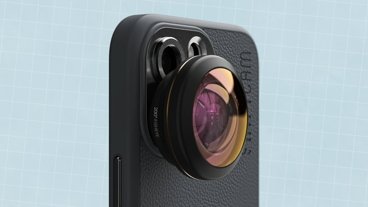





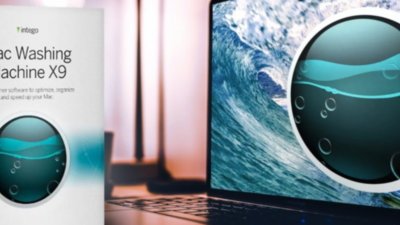
 Sponsored Content
Sponsored Content


 Chip Loder
Chip Loder
 Andrew Orr
Andrew Orr
 Christine McKee
Christine McKee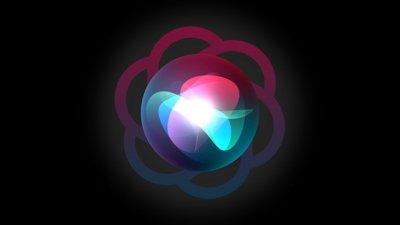
 Marko Zivkovic
Marko Zivkovic